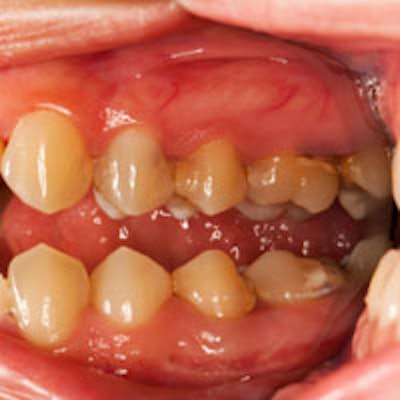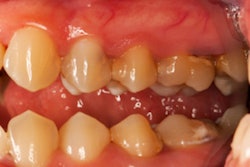
Periodontitis is an infectious disease involving a complex interaction between the oral microorganisms organized in a biofilm structure and the host's immune response. The disease can lead to the destruction of the tissues that support and protect the tooth. As with any other infection, identification of the microbial pathogens associated with the disease's etiology is the first step toward developing effective therapeutic approaches.
In the first systematic review that assessed new candidate periodontal pathogens after more than a decade of what the study authors consider the "modern era" of oral microbiology, researchers from Brazil wanted to determine the current weight of evidence for these newly identified pathogens based on the results of "association" studies. Their research was published in the Journal of Dental Research (September 2014, Vol. 93:9, pp. 846-858).
The establishment of a microorganism as a true pathogen should be based on two main levels of evidence, the authors wrote: The organism should be present in higher prevalence, or levels, in a state of disease than in a state of health, and the suppression or elimination of the organism should reduce or stop disease progression.
“The data of these studies have not been evaluated together, which may generate some misunderstanding on the actual role of these microorganisms.”
There is substantial evidence supporting the role of certain oral bacteria species in the onset and progression of periodontitis, according to the researchers from the department of periodontology in the dental research division at Guarulhos University in São Paulo. Results of independent-culture diagnostic methods introduced about a decade ago have pointed to the existence of new periodontal pathogens.
"However, the data of these studies have not been evaluated together, which may generate some misunderstanding on the actual role of these microorganisms in the etiology of periodontitis," they wrote.
In their systemic review, the study authors sought to determine the current weight of evidence for newly identified periodontal pathogens based on the results of "association" studies. They searched the Medline, Embase, and Cochrane databases up to September 2013 for studies that compared microbial data of subgingival plaque samples collected from subjects with periodontitis and periodontal health, and evaluated at least one microorganism other than the already-known periodontal pathogens. The authors ended up with 41 papers from more than 1,400 identified.
Most of the 41 studies had more patients and samples in the periodontitis group than in the periodontally healthy group. A total of 912 individuals with periodontal health and 1,918 with periodontitis were evaluated. Subgingival biofilm samples were processed individually in 24 studies and pooled in 13 studies. A total of more than 3,500 and 10,000 subgingival plaque samples were evaluated from subjects with periodontal health or periodontitis, respectively.
The researchers found no microorganism that showed strong evidence as a true new periodontal pathogen. Their results did suggest that the literature provides moderate evidence for the association of 17 species or phylotypes from the phyla Bacteroidetes, Candidatus saccharibacteria, Firmicutes, Proteobacteria, Spirochaetes, and Synergistetes as new periodontal pathogens. The phylum C. saccharibacteria and the Archaea domain also may have an association with disease.
The data may well highlight the importance of previously unidentified species in the etiology of periodontitis and might guide future investigations on the actual role of these suspected new pathogens in the onset and progression of this infection, the authors concluded.



















